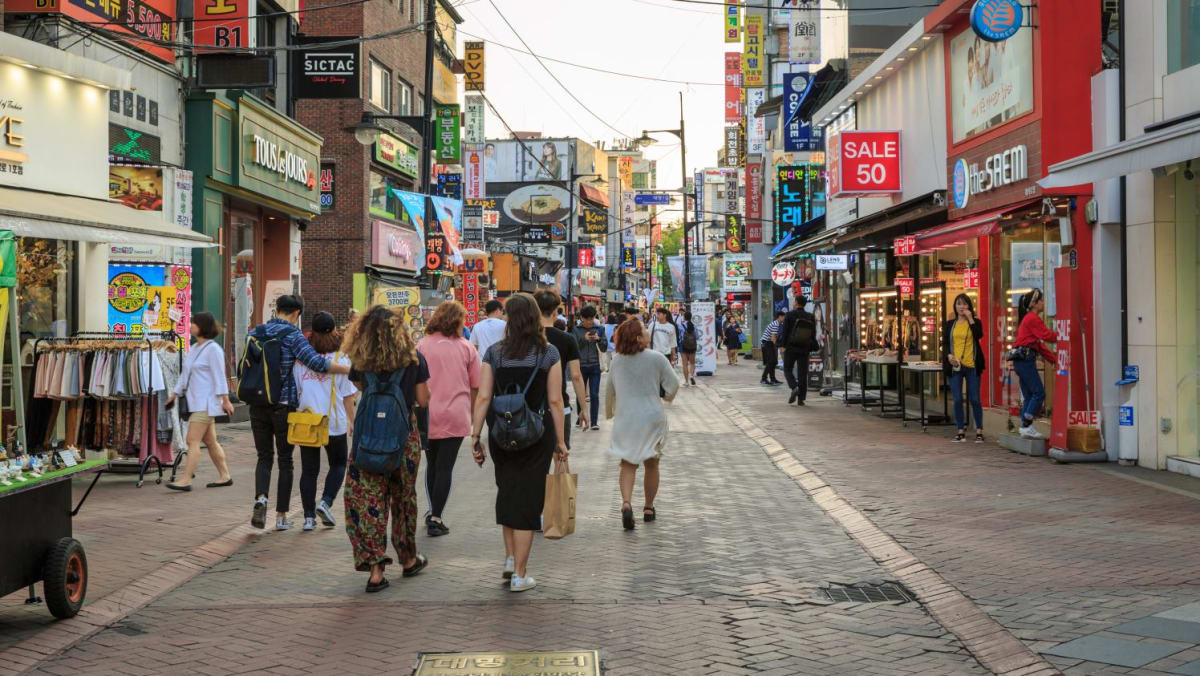‘I consider myself Korean’: Koryo Saram, ethnic Koreans in Central Asia, keep their roots alive

Two of her shops are in Incheon, a city northeast of Seoul, where she lives. The city houses a large community of Koryo Saram. More than 5,000 live in Hambak village, where signs in Russian line the streets. Her other shops are in Ansan in Gyeonggi province, another area where a large community of Koryo Saram live.
Ms Irina Kim and her children are among more than 100,000 Koryo-ins mainly from Uzbekistan and Kazakhstan living in different parts of South Korea. Most Koryo Saram enter South Korea through a preferential employment permit for overseas ethnic Koreans known as the H2 visa.
Most of the H2 visa holders work in agriculture, fishery, manufacturing, construction and certain service sectors.
Experts said having a Korean background may not make it any easier for Koryo-ins and other overseas ethnic Koreans seeking to resettle in South Korea.
To improve the situation, Mr Kim Dae Ho runs a community centre in Hambak village where he conducts programmes that allow people from different nationalities to better understand one another.
“We are trying to provide ways for the Koryo-ins and South Koreans to meet. If they don’t have contact, there can be misunderstandings and conflicts. They have to meet, have arguments if needed or have meals together so they can resolve any misunderstandings. That’s why we run the various programmes here,” he said.
For Ms Irina Kim, South Korea feels like home.
“In the past, I didn’t belong anywhere. I didn’t feel like I had a hometown. But now I know my place is here,” she said.
KEEPING THE KOREAN CULTURE ALIVE
Some Koryo Saram who remain in Central Asia are doing their part to keep Korean culture alive.While most do not speak any Korean, Ms Zoya Kim is an exception.
Source: CNA















